Back to Courses
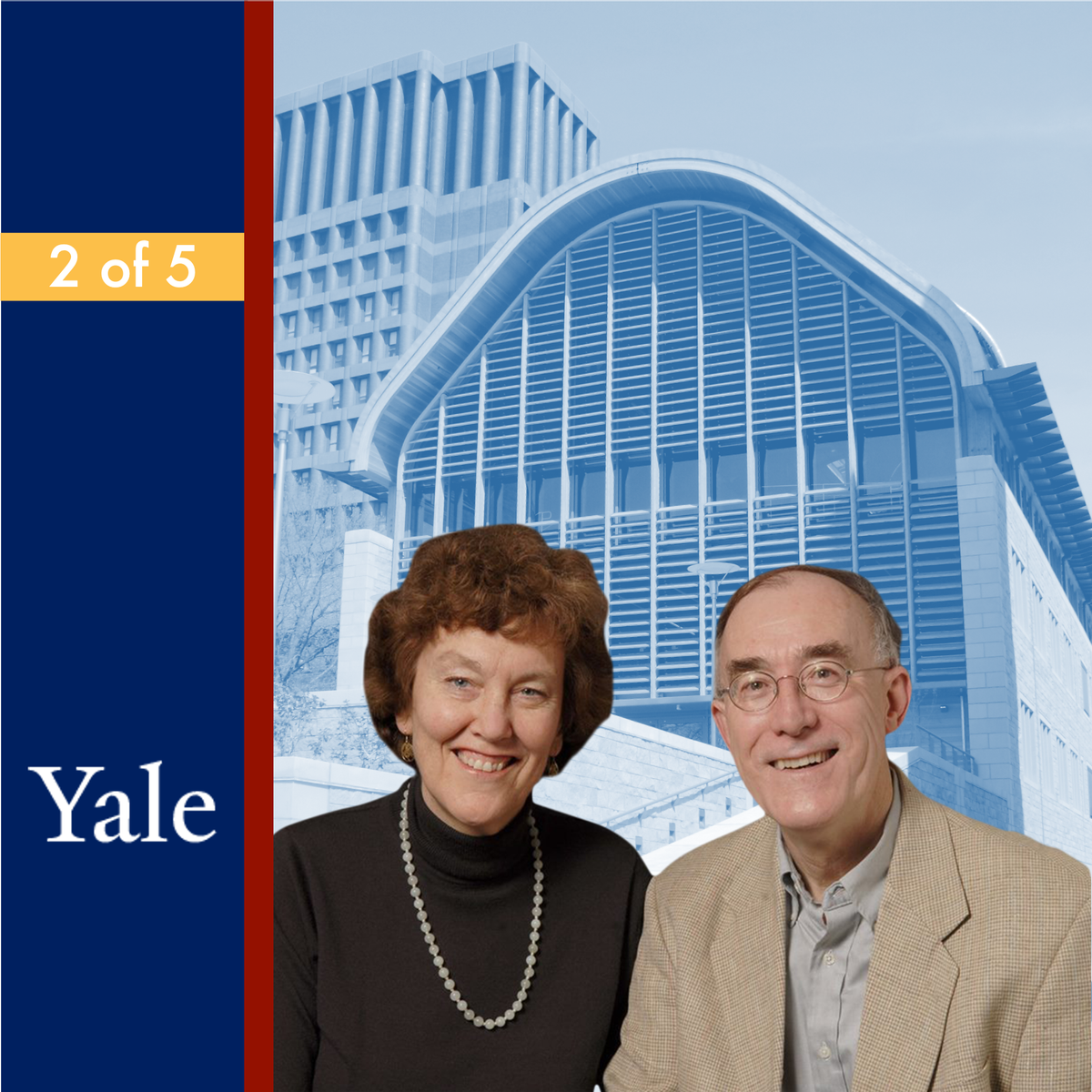
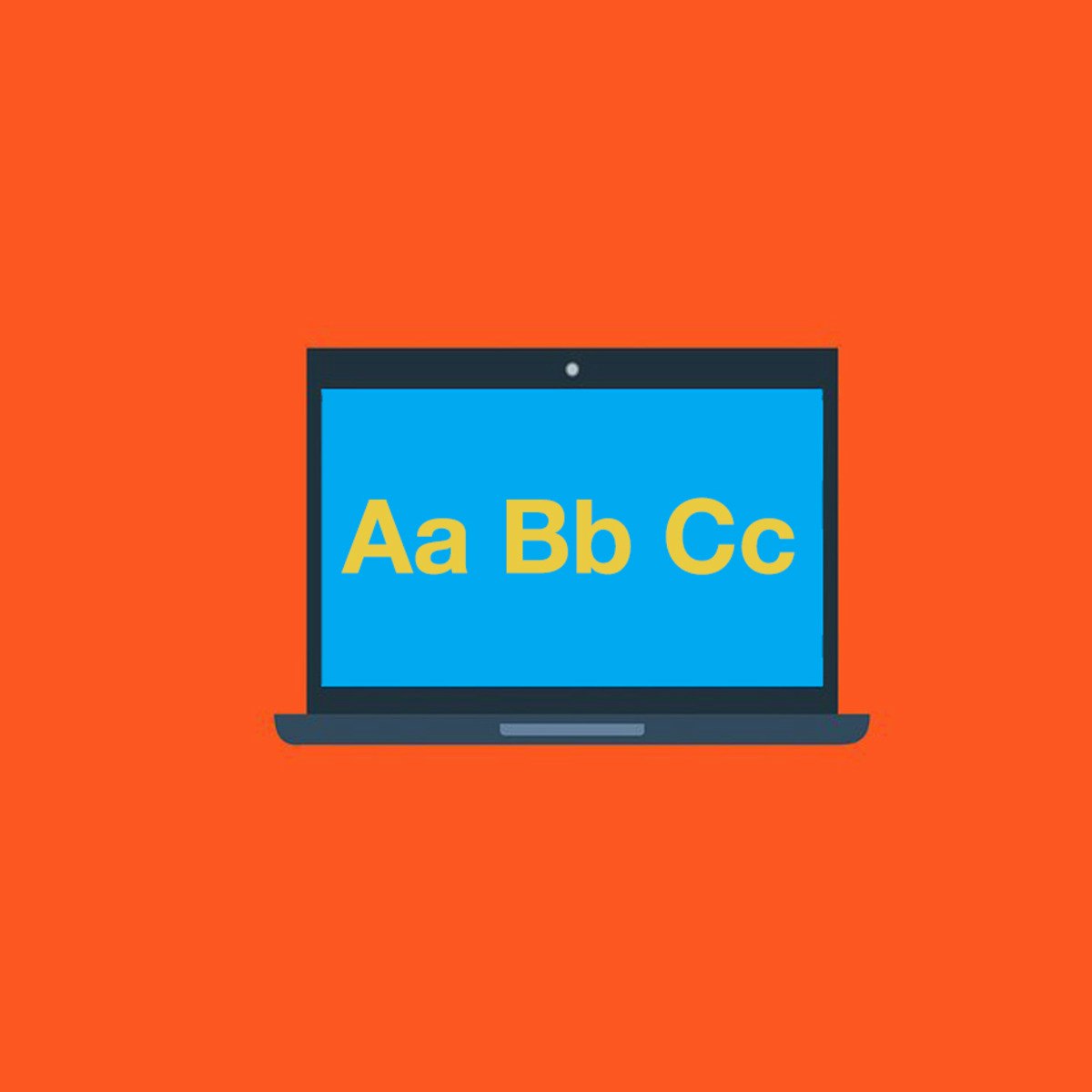
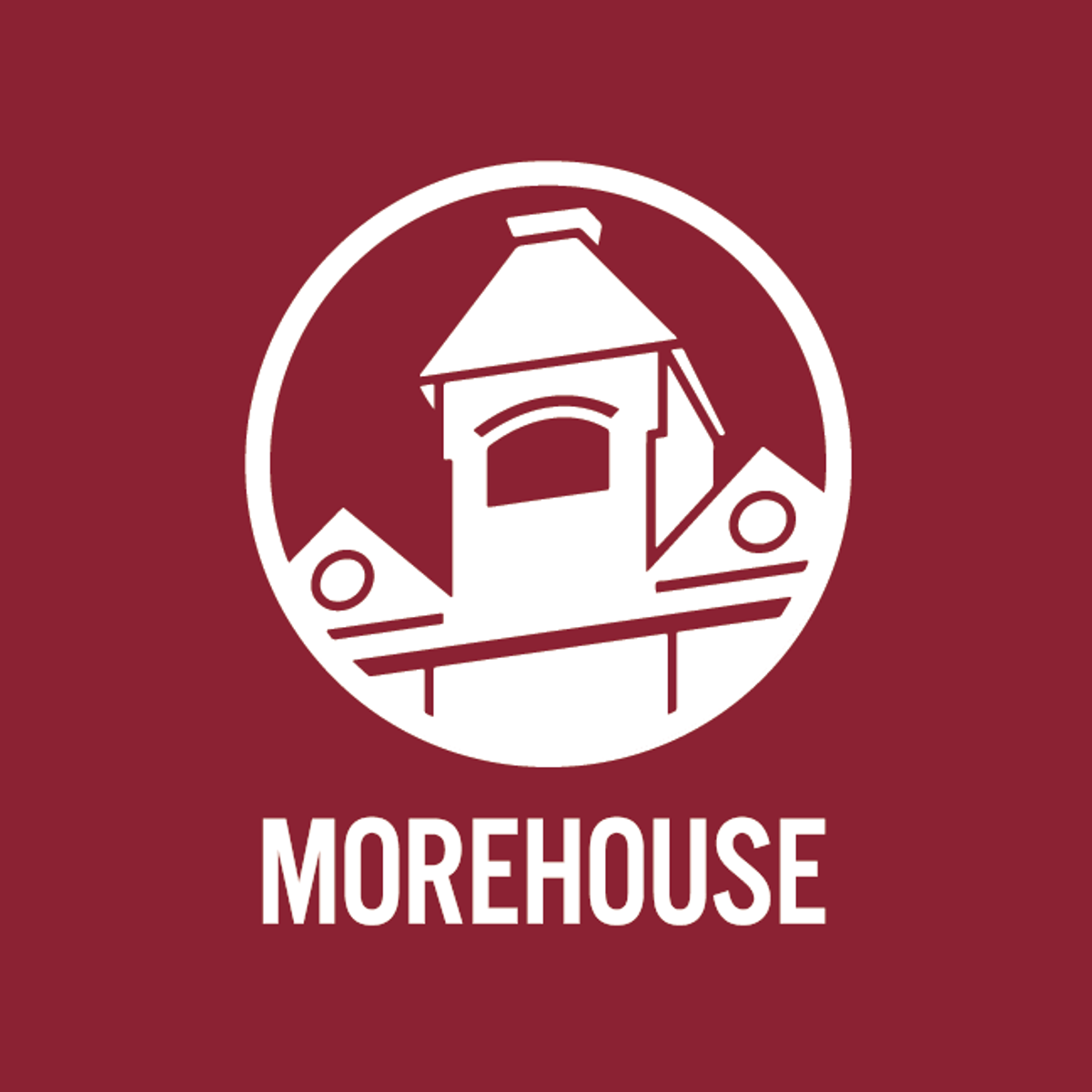


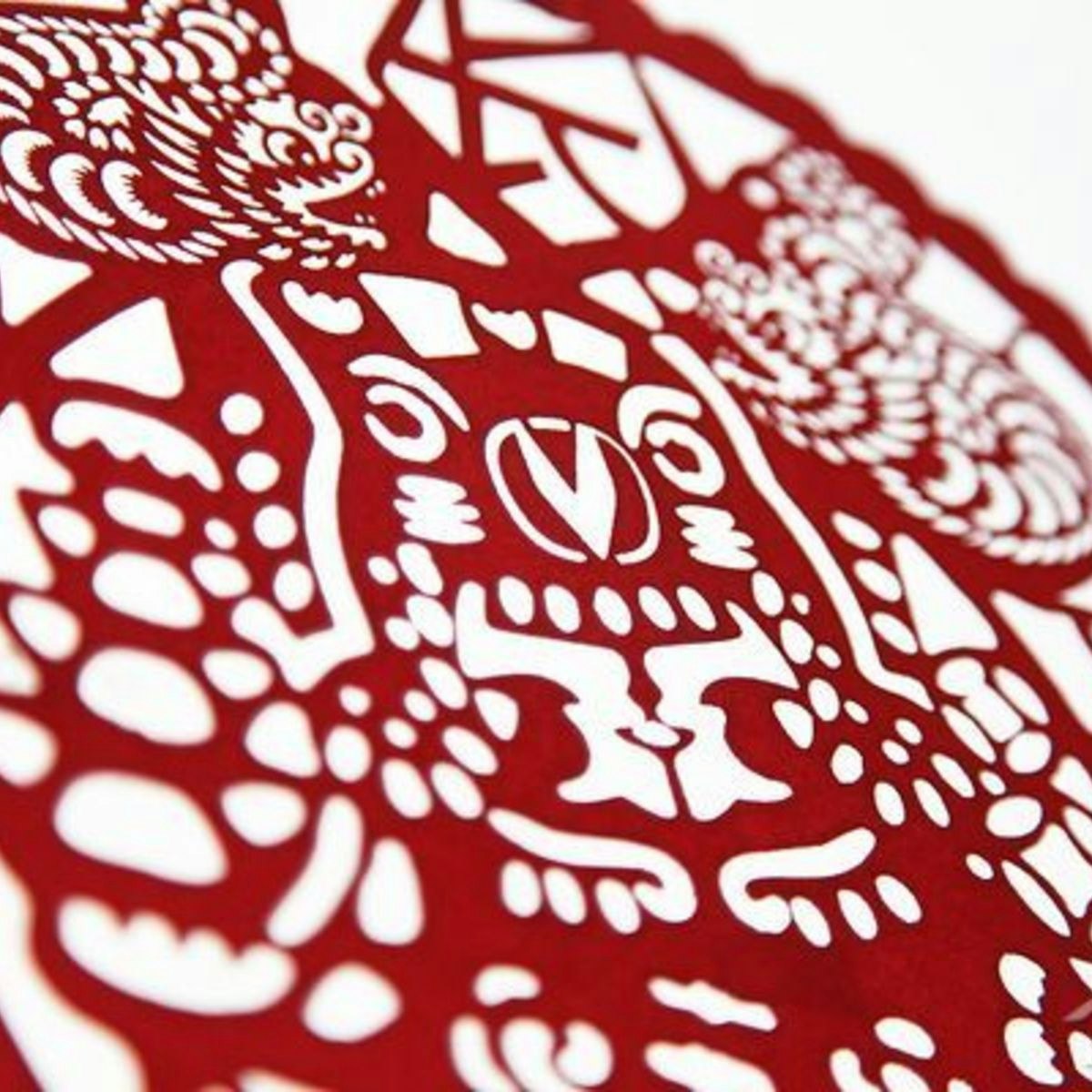

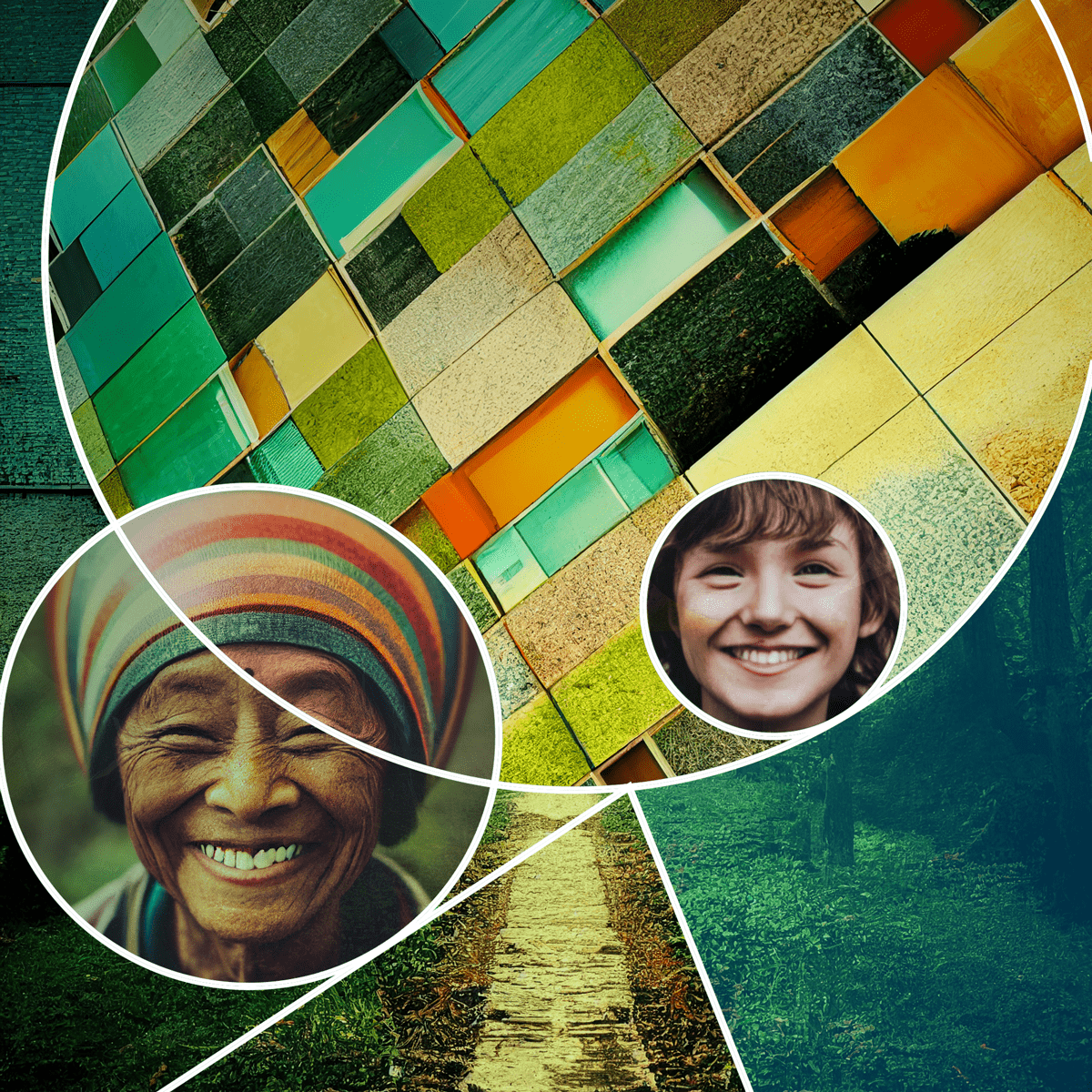
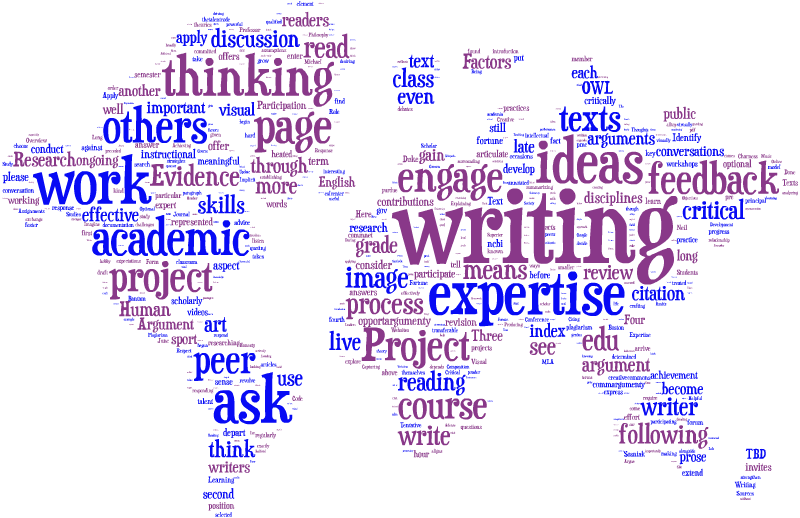
History Courses - Page 3
Showing results 21-30 of 168

Privacy in Europe
After having followed Privacy in the Western world you have become acquainted with the overall global legal system and the origins of privacy as a concept as well as privacy as a (human) right. This course deals with the European legal system to protect privacy. European privacy protection is based upon human rights treaties, both on a European level as well global level such as, e.g. the UN Declaration on Human Rights. This course outlines and deals with these human rights treaties as well as with the specific rules and regulations that govern day to day privacy protection in Europe.
The course deals with how the European cooperation came into being after the devastating effects of World War II. Economic cooperation was deemed necessary to prevent another war. From economic cooperation other issues became part of the negotiations, and to this day more and more policy fields have become part of the European cooperation. Dealing with and having respect for different human rights is paramount in this cooperation. And privacy protection and regulation has become an increasingly important subject that has attracted a lot of global attention.
The course deals with the different legal elements that have played an important role into grabbing in legal terms the notion of privacy and how to legally protect it. The rules that enable the exchange of personal data between the USA and Europe is being dealt with. It also deals with the constituting legal elements that have become part of the General Data Protection Regulation (GDPR).
After successful completion of the course you will have sufficient baggage to know about the important legal elements and historical background on the coming into being of European privacy protection. I wish you a lot of success with following the course.

Indigenous Religions & Ecology
At first glance the fields of religion and ecology may seem and unlikely pairing, but a deeper consideration reveals the two have a great deal to contribute to one another and are indeed inextricably linked. Religions recognize the unity and interdependence of humans with nature. Ecological sciences affirm this deep interconnection with the natural world. This partnership can inspire work for the wellbeing of the Earth community
There is a need for broader literacy and deeper knowledge of the world’s religions and their ecological contributions. This specialization, "Religions and Ecology: Restoring the Earth Community", contributes such a perspective. Each course celebrates the vitality of religiously-informed action for the Earth and recognizes the longstanding contributions of Indigenous peoples in offering visions and practices for ecological flourishing.
This is course 2 of 5 in the "Religions and Ecology: Restoring the Earth Community" specialization that focuses on the ecological dimensions of religious traditions throughout the world.
The course is designed as a gateway to the significant contributions of Indigenous peoples of Africa, Asia, the Americas, and Pacific Regions for environmental understanding. The diversity of Indigenous communities around the planet makes selective coverage necessary, but shared patterns of resilience manifest themselves worldwide. So much has emerged in the last several decades in understanding traditional environmental knowledge, as you will see.
This course is for lifelong learners curious to know more about world religions and ecology, environmental professionals eager to deepen the discourse of environmental protection and conservation, those working with non-profit organizations and NGOs on issues of ecological justice, and religion leaders and laity who wish to know how they can contribute to interreligious dialogue on environmental projects.

Textual Elements of Design: Fonts, Typography, and Spacing
Graphic design is telling a story by using both images and text. With that definition in mind, this course will focus on the textual elements of graphic design. From the history of typography, the difference between type, fonts and text as well as exposure to typography spacing, students will learn the value of selecting the best kind of type and combinations of fonts to get their message across in a visually pleasing manner.

Activism in Sports and Culture
Sports have become an ever-present reflection of American culture, and an important symbol of the divisions and alliances in our society. Sports and political change walk hand in hand in America. The way that athletes and institutions deal with questions of race, economic hardship, nationalism, and political ties have become central to the way that we understand ourselves and our society. And yet, there are those who would prefer their sports free of controversy and opinion. Dedicated athletes, coaches, and media personalities have pushed back against this refrain, demanding to be seen not just as entertainers but as fully formed humans with political opinions and experiences. Their struggles against injustice have changed the face of America and kicked off a reckoning within modern-day sports.
How does context inform the shape and outcome of protests? What is it about sports that provides space — or doesn't — for political statements? Why do some of us expect athletes to be activists, when others would rather they "shut up and dribble"? We'll explore all of these questions and more in this class.
Your professor will be NBA All-Star and TNT Sports journalist and commentator Chris Webber, who leads interviews with iconic activists, including John Carlos and Jemele Hill as they wrestle with the meanings and outcomes of their activism. You'll read and watch primary source documents about acts of protest, and academic and journalistic work that reckons with the legacies of those acts. By the end of the course, you'll have a better understanding of historical and contemporary protest moments, and be able to create and apply new ways of thinking about the activism within the world of sports in history and today.

A Brief History of Human Spaceflight
This course provides a view of the history of spaceflight, from early writings telling of human's fascination of space through the early Russian and American space stations. Developed as an interesting and entertaining slice of space history that is accessible to anyone with an interest in human spaceflight

Ideas from the History of Graphic Design
This condensed survey course focuses on four key periods or themes from the history of design in the West. Together we’ll trace the emergence of design as a recognized practice, why things look the way they do, and how designers approached specific design problems in their work.
Students will develop an understanding of where the wide variety of today’s design practice comes from. By participating in this survey of the works of innovative groups and individuals, we outline the process by which graphic design moved from a purely instrumental practice, to becoming a demanding creative and hybridized field.
Each week, a short quiz will test your knowledge of concepts, and a short reflective assignment will give you the opportunity to analyze the questions designers ask themselves today.
This is an essential course for emerging designers entering the field, or for students interested in learning more about visual culture and analysis. No previous experience is required.
A note about this course:
This course is taught from the perspective of contemporary design, to connect ideas that helped formulate design practice from the 1850s through the 1960s to the ways that designers think today. The relationship of words and pictures in graphic design is looked at through the ever-changing social and cultural contexts, technologies, aesthetics, and politics of their eras.
The definition and practice of graphic design includes all public visual communications, which is a global practice. It was the evolution of mass production and communication in the West that specifically redefined graphic design as a professional practice and is this course’s particular narrative. We hope students will consider how to connect the themes and ideas offered in this course to your own culture.

Chinese Culture and Contemporary China
This course of Chinese Culture and Contemporary China will explore the foundations of Chinese civilization and the dimensions of Chinese culture. It will pay particular attention to the relationship between Chinese culture and the present-day life of the Chinese people and to the different elements of the culture which are under the present social structures, belief systems, literature, arts, customs, etc. The course aims at providing students with a deeper knowledge of Chinese culture, thus enabling them to better understand China.
The course will cover the following main areas of topics: (1) the foundations of Chinese civilization: its geography, language, and history; (2) the core concepts in Chinese philosophies and religions: Confucianism, Taoism, and Buddhism; (3), literature and arts, including Chinese calligraphy, painting, Tang poetry, and classical fiction; (4) society and life, including education, the role of women, Chinese food, and traditional holidays; (5) travel and landscapes, including well-known Chinese cities, mountains, ethnic regions and customs; (6) Chinese media, culture and sports, including TV and movies, fashion, Chinese gongfu and taiji.
In addition, students will be expected to participate in a buddy program beyond curriculum if they have a chance to come to Nanjing. Ideally they will be paired up: an international student with a Nanjing University student to allow students to learn firsthand about Chinese customs, culture, and language. Students will be required to complete various projects and homework assignments as well, which will encourage them to use Nanjing University and the city of Nanjing as a laboratory to apply what they learn during their stay at Nanjing University.

Teaching Reluctant Writers
All educators will encounter students who struggle with writing. This course first focuses on the reasons student writers may be reluctant and then provides learners with a variety of strategies and practices to help reluctant writers develop a greater comfort and confidence with writing. Learners will examine classroom relationships, mentoring, scaffolding, conferencing, low-risk writing and mini-lessons, all tools and techniques that can be brought right into the classroom to help struggling writers increase student participation and success in writing. They'll conduct their own study of one reluctant writer and use their learning to help create a plan for teaching reluctant writers in their current and future classrooms.

Sustainable Development - Ideas and Imaginaries
Ideas and imaginaries inspire human capacity for great endeavours, but ‘conventional wisdom’ frequently prevents necessary change. Achievement of global sustainable development is, therefore, dependent on a profound comprehension of the preunderstandings and implicit imaginaries that form both our perception of reality and our basic confidence in the viability of transgressive action.
The present-day concept and ideal of sustainable development contains many interlaced meanings and many contradictions. In order to bring out the concept’s indisputable transformative potential, and be able to gain support, promote decision-making and take action in it, it is, therefore, requisite to disentangle this mélange and shed light to the implicit preunderstandings .
This course will contribute to doing so by focusing on the historical roots and multiple layers of meaning of sustainable development, and by exploring questions such as: ‘What is the historical background of the current Sustainable Development Goals?’, ‘Which imaginaries about relations between individual and collective tend to promote and prevent sustainable solutions?’, ‘How can ideas about humans and nature affect global development?’, And ‘how do we as humans react on inconstant notions of time and change?’
During this course, you will meet associate professor in history Bo Fritzbøger from Centre for Sustainable Futures as the primary lecturer and a range of cultural, natural and social scientists, all from the University of Copenhagen working with different aspects of sustainability thinking.
We hope that you will join us in the course and qualify your participation in current discussions about how to achieve common sustainable development in a divided world.

English Composition I
You will gain a foundation for college-level writing valuable for nearly any field. Students will learn how to read carefully, write effective arguments, understand the writing process, engage with others' ideas, cite accurately, and craft powerful prose.
Course Learning Objectives
• Summarize, analyze, question, and evaluate written and visual texts
• Argue and support a position
• Recognize audience and disciplinary expectations
• Identify and use the stages of the writing process
• Identify characteristics of effective prose
• Apply proper citation practices
• Discuss applying your writing knowledge to other writing occasions
Popular Internships and Jobs by Categories
Find Jobs & Internships
Browse
© 2024 BoostGrad | All rights reserved